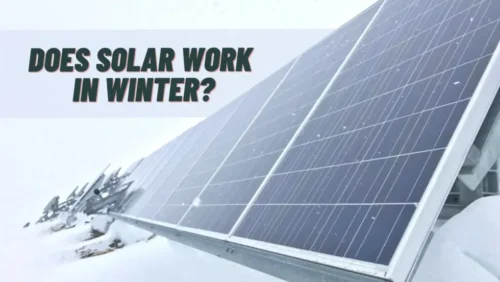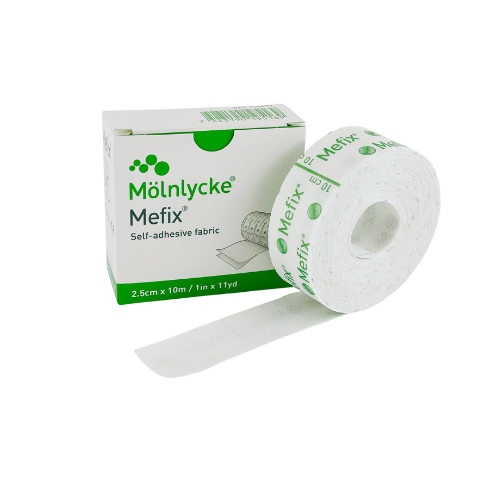Considering a switch to solar energy but worried about how winter might affect your solar panels? The shorter days, colder temperatures, and occasional snowfall can raise concerns about solar power production. After all, solar panels are designed to capture energy from the sun, leading many to believe that they rely on the bright summer sun to function optimally. But do solar panels really stop working in winter? Let’s explore how they perform during the colder months.
Do Solar Panels Work in Winter?
Absolutely! Solar panels are effective year-round, even in winter. But how does their functionality change in cold weather?
Each solar panel is equipped with photovoltaic (PV) cells made of silicon that convert sunlight into electricity. When sunlight, composed of tiny energy particles called photons, strikes these PV cells, it knocks electrons loose, creating an electric current. This means that solar panels depend on sunlight—not heat—to generate energy. Therefore, as long as there is sunlight—regardless of how short or cloudy the day is—solar panels will continue to produce electricity.
How Cold Weather Affects Solar Panel Efficiency
Now that we know solar panels work in winter, you might be curious about their efficiency during this season. Surprisingly, cooler temperatures can actually enhance the performance of solar panels. Here’s how:
- Increased Efficiency in Cold Weather: Solar panels tend to operate more efficiently in cooler temperatures because lower heat levels reduce electrical resistance within the PV cells. This allows them to convert sunlight into electricity more effectively.
- Production Variability: While winter’s cooler temperatures can improve efficiency, factors such as shorter daylight hours, cloud cover, and the sun’s lower position in the sky can decrease overall energy production. Consequently, you can expect lower output compared to the long, sunny days of summer.
How Snow Impacts Solar Panel Performance
What happens when it snows?
- Light Snow Accumulation: A light dusting of snow typically has minimal impact on solar panels, as wind can easily blow it away. Even a thin layer of snow allows sunlight to penetrate and reach the panels.
- Heavy Snow: Accumulation of heavy snow can obstruct sunlight and reduce energy production. However, most solar panels are installed at an angle, enabling snow to slide off naturally.
- Heat Absorption: Solar panels often have a smooth, dark surface that absorbs heat, promoting quicker snow melting. As the snow melts, it can wash away dirt, similar to how snow cleans a car windshield, ensuring your panels remain effective.
- Reflective Quality of Snow: Interestingly, snow can sometimes enhance solar panel performance. The reflective nature of a snow-covered ground can increase the sunlight hitting your panels, acting like a mirror to boost energy production—a phenomenon known as the albedo effect.
If snow accumulates and remains on your panels for an extended time, it’s important to clear it off to maximize sunlight capture.
Tips to Maximize Solar Panel Efficiency in Winter
With heating costs often rising during winter, it’s wise to optimize your solar panels’ performance. Here are some straightforward strategies:
- Keep Your Panels Clean and Clear of Snow: Snow, ice, and dirt can accumulate on solar panels during winter, reducing efficiency. Regularly clean your panels, especially after snowfalls. Use a soft, non-abrasive tool like a roof rake or a snow brush to safely remove snow. If your panels are installed at a steep angle, much of the snow may slide off naturally.
- Adjust the Tilt and Orientation: The angle of your solar panels can significantly affect sunlight exposure. Since the sun is lower in the sky during winter, adjusting the tilt angle can improve efficiency. If your system allows, set your panels to a steeper angle during winter to capture more sunlight.
For instance, consider the Anker SOLIX PS400 Portable Solar Panel, which features four adjustable angles (30°, 40°, 50°, or 80°) for optimal sunlight absorption. Adjusting to a steeper angle, like 50° or 80°, can enhance efficiency during shorter winter days.
- Monitor Performance and Adjust Energy Usage: Keep an eye on your solar panel system’s output during winter. Many modern systems offer monitoring apps for real-time tracking of energy production. Additionally, align your energy consumption with peak sunlight hours. For example, running appliances like washing machines during the day can maximize the use of solar power.
- Regularly Check for Damage: Inspecting your solar panels for damage is crucial to maintaining their efficiency throughout the year. Winter weather can stress wiring and components, so scheduling routine checkups with a professional can ensure everything functions smoothly.
Conclusion
In summary, solar panels do work in winter! While challenges like shorter days and snow exist, there are also benefits, such as increased efficiency in cooler temperatures. With proper maintenance and strategic adjustments, your solar panels can continue generating clean, renewable energy throughout the winter months. By optimizing their placement and keeping them clear of snow, you can ensure your solar system operates effectively, even during the coldest times of the year.




